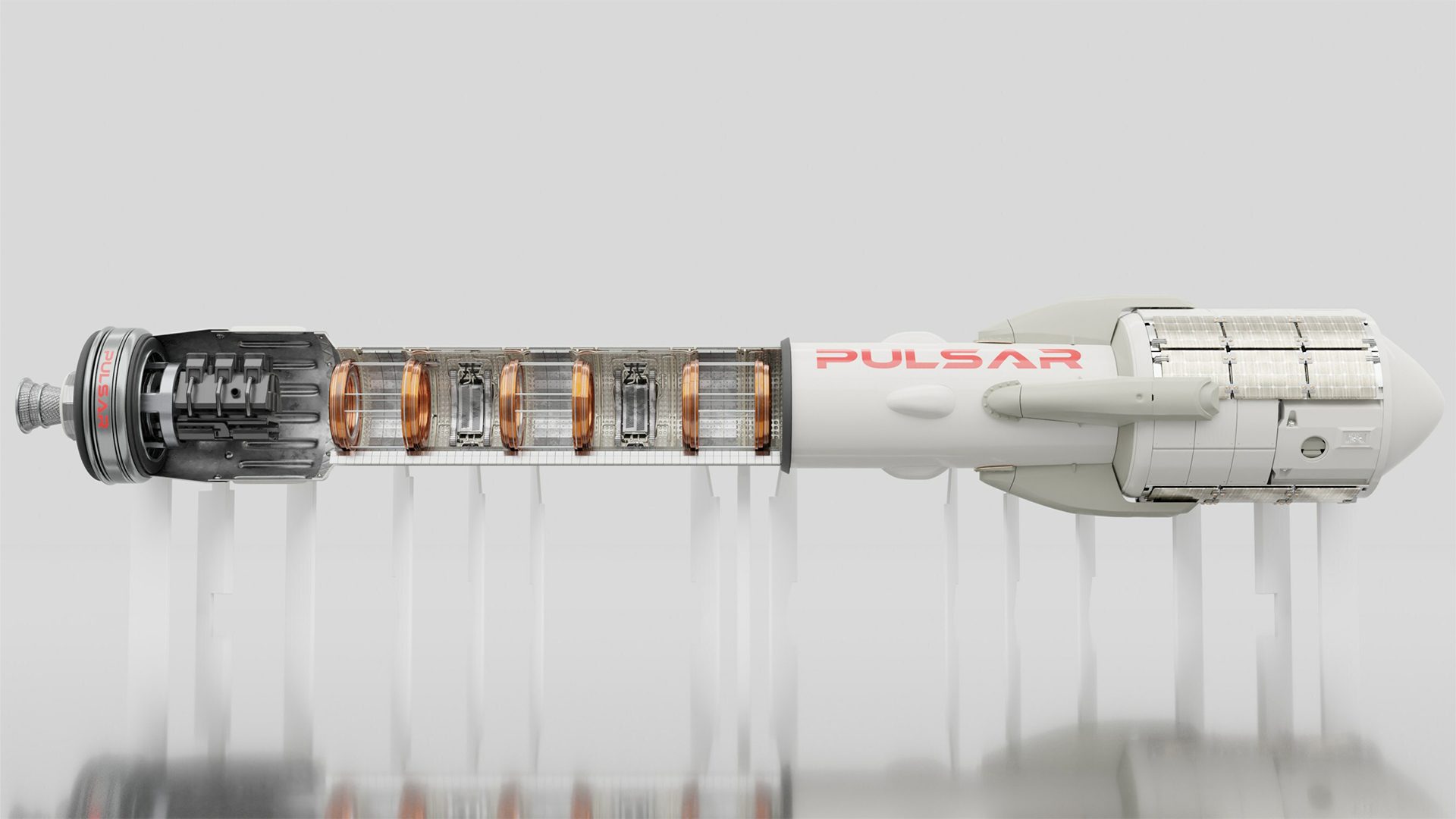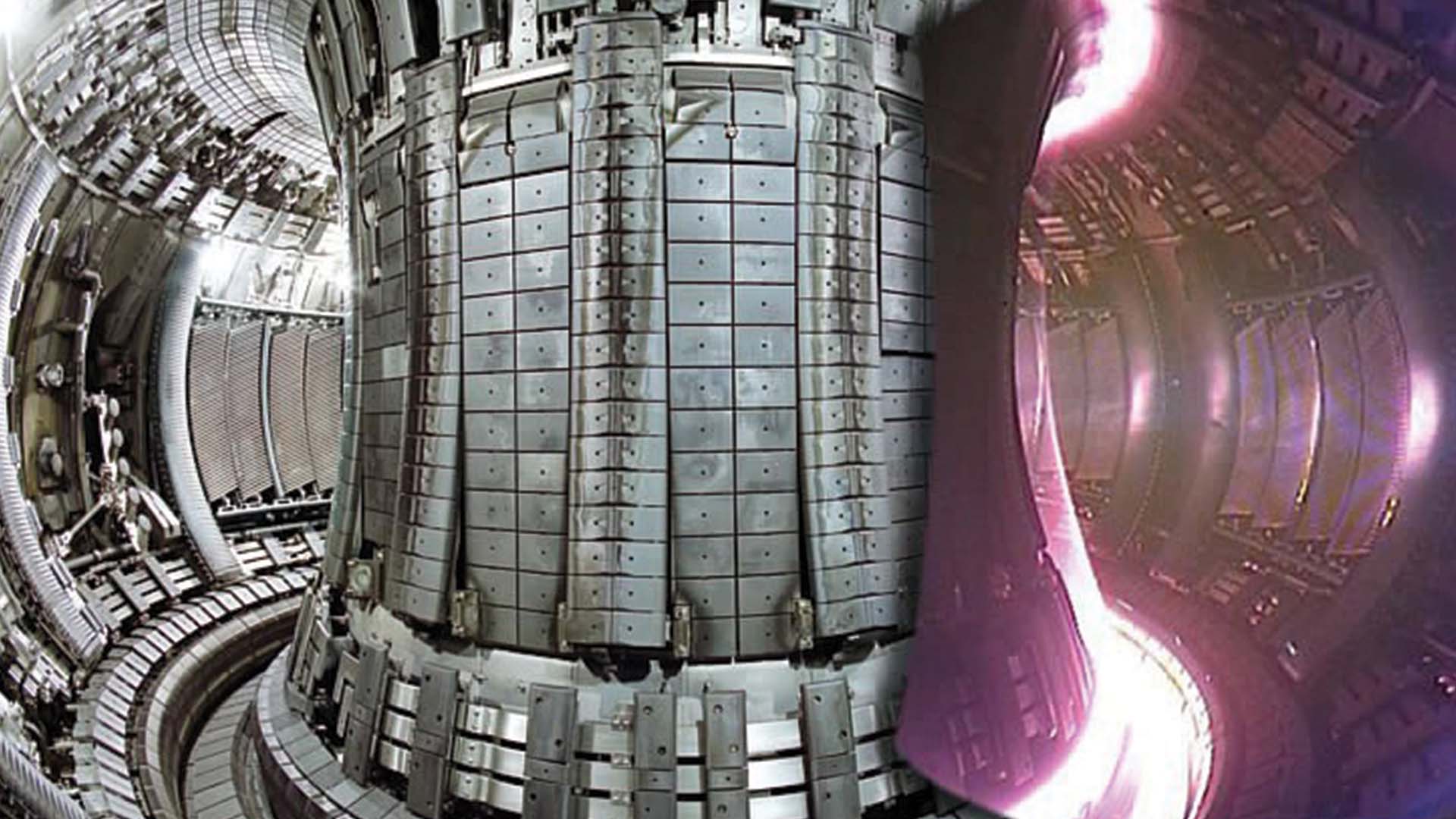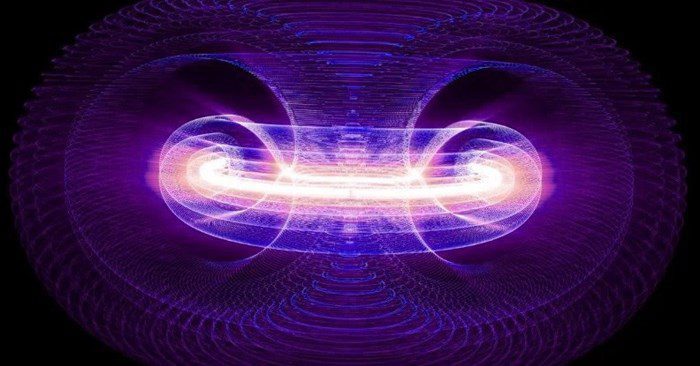UK space firm Pulsar Fusion has begun construction on the largest nuclear fusion rocket engine ever built. When fired, the engine could exceed the temperature of the Sun, temporarily becoming the hottest place in the solar system.

Pulsar Fusion’s Rocket Engine
Engineers are currently building the eight-meter fusion chamber in Bletchley, England. The chamber generates energy, creating a plasma of electrically charged particles. Those energetic particles will be converted into thrust by using a rotating magnetic field, which will produce exhaust speeds of over 500,000 miles per hour.
However, creating and sustaining nuclear fusion is one of scientists’ and engineers’ hardest challenges. Nuclear fusion occurs when two light nuclei atoms are fused into a single heavier nucleus, releasing a massive amount of energy as heat. In a laboratory, this involves confining plasma at extreme conditions inside an electromagnetic field.
According to Dr. James Lambert, CFO of Pulsar, the difficulty of creating and sustaining nuclear fusion is learning how to hold and confine the super-hot plasma within an electromagnetic field. As he explains, “The plasma behaves like a weather system in terms of being incredibly hard to predict using conventional techniques. Scientists have not been able to control the turbulent plasma as it is heated to hundreds of millions of degrees, and the reaction simply stops.”
Nuclear Fusion Propulsion Research
To better understand how the plasma will behave under electromagnetic confinement, Pulsar Fusion has partnered with Princeton Satellite Systems, an aerospace research and development company working on a new fusion technology called Direct Fusion Drive. A Direct Fusion Drive engine would produce both power and thrust for spaceships by generating thrust directly from nuclear fusion.
The two companies are applying advanced AI and machine learning techniques to study data from the Princeton field-reverse configuration reactor. Specifically, the simulations will determine and assess how nuclear fusion plasma behaves as it exits a rocket engine and emits exhaust particles. The results of the study will help inform Pulsar’s rocket engine design.
Pulsar Fusion says Direct Fusion Drive rocket propulsion could significantly reduce the transit time to Mars, Jupiter, and Saturn and even explore beyond the solar system. For example, with one DFD drive, a trip to Titan, one of Saturn’s moons, could take two years versus decades. A trip to Mars and back could also be reduced to a few weeks rather than months.
As Stephanie Thomas, vice president of Princeton Satellite Systems, said in a news release, “The Direct Fusion Drive is really a game-changing technology enabling us to reach deep space destinations much faster and with vast amounts of power. It’s a dramatically different way to operate deep space missions that will save time and money and enable us to do more science when we get there.”







